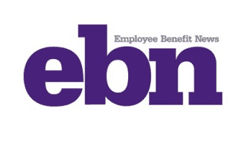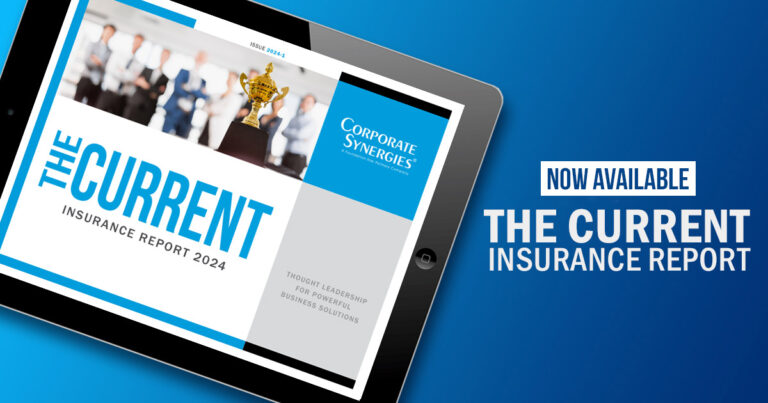
Though emergency services aren’t at the center of every employee’s benefits experience, employee assistance programs (EAPs) are a vital part of your total compensation package. However, because EAPs usually have a lower utilization rate when compared to other benefits, they are often questioned and eventually put on the budgetary chopping block. If you find yourself in one of these situations, it’s important to understand the potential ROI of a well-established program and rethink how you assess EAP value.
By providing mental health benefits and support to employees in crisis, these programs bring together two high-impact options for job seekers looking for an engaged, empathetic organization. More than 60% of American workers, regardless of company size, have access to an EAP. In fact, over 97% of U.S.-based private companies with more than 5,000 employees have EAPs.1
In addition to being widespread, when properly selected, communicated and administered, EAPs are also one of the most cost-effective benefits. Even if it isn’t used daily, regular upkeep and communication will ensure the plan pays for itself time and time again by mitigating lost productivity, short-term disability claims and resignations.
Starting with the Bottom Line
EAPs are not an expensive benefit. Depending on your program, they can be as little as a dollar per employee per month. Even a life insurance policy is going to be four times the cost, and medical benefits are 20 to 30 times the cost. We advise our clients that the EAP is one of the least expensive company-sponsored benefits an employer can offer.
When it comes to the benefits themselves, some EAP vendors have grown far beyond their original short-term, crisis-focused offering to include highly desired benefits like mental health, well-being and financial wellness. Many life and disability insurance carriers also often offer a free, basic EAP as part of their service.
Doing the Math
It’s important to look at the EAP differently from your other benefits offerings. Consider the value of services rendered if just a few employees use the EAP.
Take, for example, one of my clients. The organization valued its team members and invested in their EAP program. Suddenly, when a manager in a very visible role was dealing with a family emergency, the EAP program was able to help him locate long-term care, manage finances and begin a transition, all easily and from home.
Any time you can keep a good employee on staff, your organization is better for it. A recent study found that organizations replacing an employee can spend up to 60% of that person’s salary finding a replacement, with vacancies lasting approximately 42 days—over a month of lost productivity.2
Now your EAP plan has kept one person out of a crisis. If that plan cost around $10,000, it has already paid for itself in future productivity from that employee.
An EAP’s value is not solely determined by high utilization rates.
In addition to helping a highly valued employee solve a personal problem, the EAP minimized workplace disruption, prevented the manager from taking an extended leave or resigning and lessened an emotional burden that could cause employee burnout down the line. That can add up in recruiting and training costs, as well as family medical leave or disability claims.
Like a Rainy Day Fund
In that last example, the manager’s experience showed colleagues that there is support available when needed, building morale and loyalty.
But, sometimes an organization’s needs are more widespread. During the COVID-19 pandemic, some employers leaned on the EAP to help transition to a safe and effective work-from-home environment. Other employers relied on their EAP to help employees seek mental and financial assistance.
This is the true value of insurance: Even with low utilization, you can feel comforted knowing that this coverage is there when you need it—like a family’s rainy day fund.
Your employee benefits consultant should always be there to answer any questions you—or your leadership—have on your EAP program and how it’s working for your organization. They can also provide options should you choose to expand it into a more holistic benefit.
The value of a robust EAP program is not always immediately apparent. But the low cost and high upside for employees and employers make EAPs indispensable.
1 International Employee Assistance Professionals Association, “2021”
2 Toggl, “2021”





